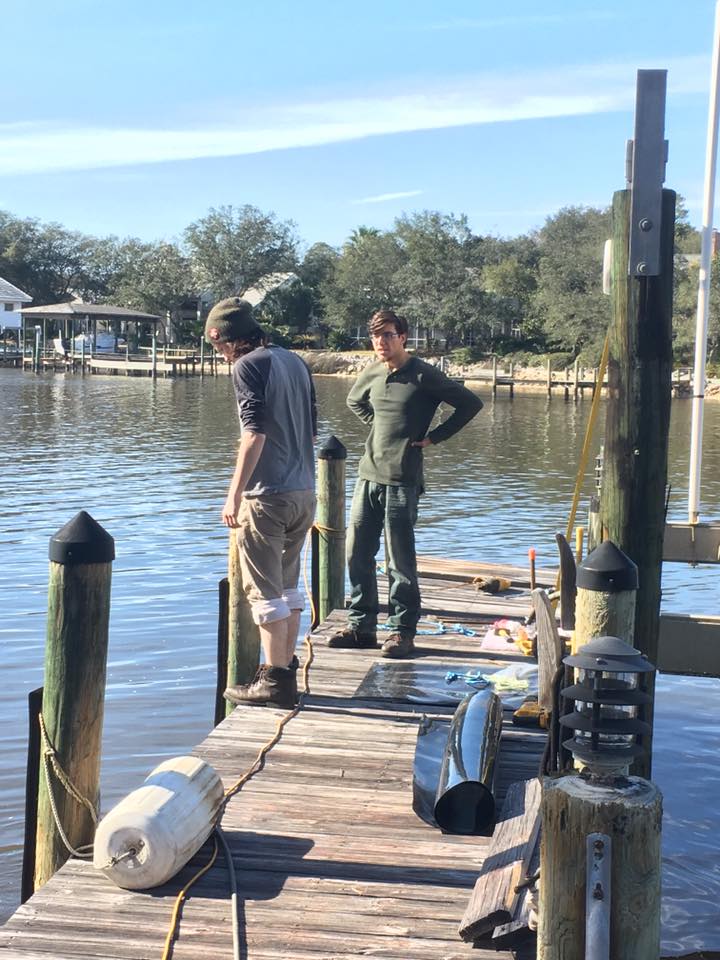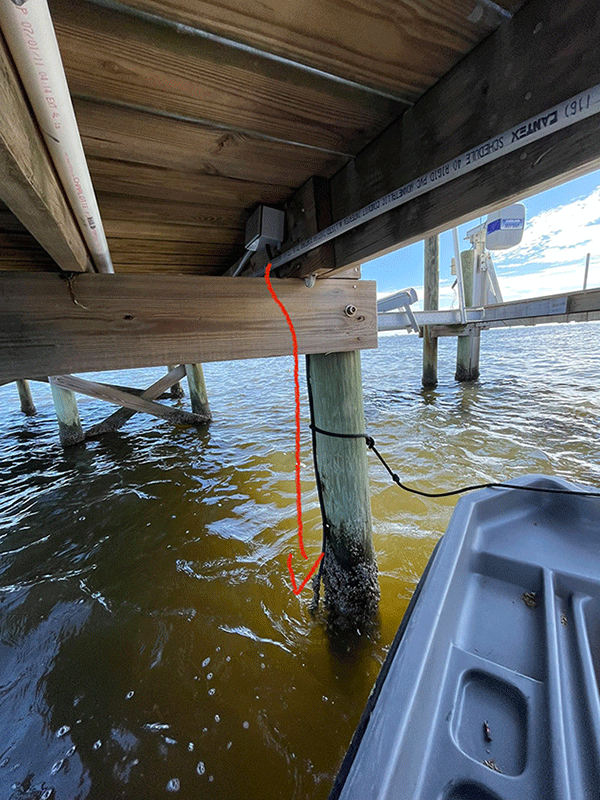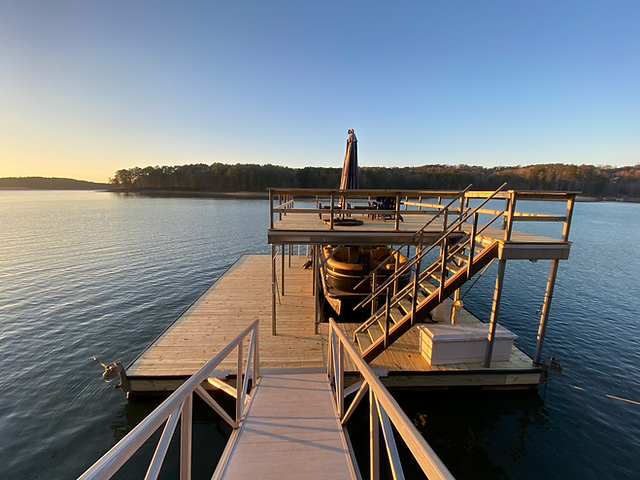Expert Insights on Lasting Dock Repairs Solutions
Expert Insights on Lasting Dock Repairs Solutions
Blog Article
Efficient Dock Repair Service Techniques: Guaranteeing Structural Honesty
Ensuring the architectural stability of docks with effective repair service strategies is extremely important for the durability and security of marine facilities. Subsequently, picking the right repair materials, such as composite products and corrosion-resistant alloys, is vital for sturdiness.
Evaluating Dock Damages
Analyzing dock damage is a vital very first step in guaranteeing the architectural stability and security of any docking facility. This initial examination involves a detailed inspection to determine both surprise and visible problems. Key aspects to take a look at include the dock's structure, pilings, outdoor decking, and hardware. Each part must be scrutinized for indications of wear, rot, corrosion, or other kinds of destruction that might compromise the structural stability.
Structural designers or qualified inspectors typically perform these analyses making use of specialized techniques and devices. Underwater inspections could utilize sonar tools or from another location ran automobiles (ROVs) to identify submerged damages. Above water, aesthetic evaluations are complemented by utilizing dampness meters and other diagnostic devices to reveal underlying problems not immediately noticeable to the naked eye.

Deciding On Repair Service Materials
Selecting the suitable fixing products is a critical step in the dock reconstruction process, one that directly influences the longevity and performance of the fixed framework. Material selection should be driven by elements such as environmental conditions, load-bearing needs, and compatibility with existing dock parts. As an example, wood is a traditional option for anchors as a result of its all-natural strength and visual appeal. Selecting the appropriate type of timber, such as pressure-treated lumber or normally rot-resistant varieties like cedar or teak wood, is important to endure aquatic settings.
Along with wood, composite materials are significantly prominent as a result of their durability and reduced maintenance requirements. Compounds, normally made from a mix of plastic and wood fibers, offer outstanding resistance to rot, pests, and UV damages. For steel docks, selecting corrosion-resistant alloys such as galvanized steel or marine-grade aluminum is necessary to prevent rust and make certain architectural integrity in saline water conditions.
Epoxy resins and marine-grade sealers are indispensable for fixing fractures and sealing joints, supplying a water-proof obstacle and enhancing the dock's overall strength. By carefully choosing top notch materials, dock fixings can accomplish durable results, thereby guarding against future deterioration and making sure safe, trustworthy use.
Architectural Support Strategies
Reliable structural reinforcement methods are important in making sure the stability and long life of dock repair services. One basic approach involves the use of steel or composite reinforcement bars (rebar) within concrete structures. Rebar gives added tensile strength, protecting against splits and distributing loads much more evenly. This technique is particularly efficient for anchors revealed to hefty lots or harsh environmental problems.
One more essential technique is the application of fiber-reinforced polymers (FRP) These materials supply high strength-to-weight proportions and excellent resistance to corrosion, making them optimal for strengthening concrete or wooden anchors. Visit Website FRP can be applied in strips or sheets and adhered with epoxy resins to enhance architectural integrity.
Supporting and anchoring systems likewise play a crucial duty in structural reinforcement. Cross-bracing, making use of steel or wooden beams, can counteract lateral pressures, lowering swaying and activity. Securing systems, such as helical piers or driven stacks, provide a secure foundation by moving tons to deeper, more steady dirt layers.
Finally, the integration of load-distribution plates can help distribute weight a lot more uniformly across the dock's surface area, alleviating localized anxiety points. These methods collectively guarantee that anchors continue to be safe and durable, efficient in withstanding the rigors of their functional atmosphere.
Advanced Repair Service Approaches

Another sophisticated technique involves undersea welding, which permits for repair work to be performed without the demand to dewater the location. This technique is especially useful for resolving structural issues in submerged dock elements, making certain marginal disruption to procedures. Enhanced welding techniques, coupled with robot systems, provide precision and integrity, therefore extending the life expectancy of the dock.
In addition, cathodic defense systems are executed to prevent deterioration in metal dock frameworks. By using sacrificial anodes or impressed visit their website existing systems, these methods properly alleviate the electrochemical processes that lead to material degeneration.
Lastly, progressed tracking modern technologies, such as architectural wellness monitoring (SHM) systems, give real-time data on the problem of dock structures. These systems allow positive maintenance and timely interventions, eventually ensuring the long-term structural integrity of the dock.
Upkeep and Avoidance
Maintenance and prevention are fundamental concepts that underpin the longevity and safety of dock structures. Routine evaluations are extremely important, permitting early detection of damage, possible weaknesses, and environmental effects. A proactive method, entailing routine checks for deterioration, rot, and structural shifts, minimizes expensive repair services and lengthens the dock's operational life.
Preventative measures must include using protective layers to metal components to safeguard versus rust and using cured timber to withstand decay. Additionally, making certain proper drainage and ventilation can prevent water buildup, which is a typical root cause of structural degradation. Integrating high quality products and sticking to manufacturer guidelines during building and construction and repair work stages additionally play crucial roles in enhancing toughness.

Training workers in dock upkeep finest practices YOURURL.com guarantees regular application of preventive procedures. Leveraging technical developments, such as drones for examinations and sensing units for real-time tracking, can further boost upkeep efforts. By focusing on maintenance and avoidance, dock owners can make certain structural stability, operational safety and security, and affordable management over the dock's lifespan.
Verdict
In final thought, preserving the structural honesty of aquatic centers necessitates comprehensive dock fixing techniques. Advanced repair work strategies, paired with regular maintenance methods, make certain the dock remains functional and safe under varied environmental conditions.
Ensuring the architectural honesty of anchors through effective repair work methods is critical for the long life and safety and security of marine centers.Selecting the proper repair materials is a critical step in the dock repair process, one that directly influences the longevity and efficiency of the fixed structure.Effective structural reinforcement techniques are vital in making certain the security and longevity of dock repair work. By prioritizing maintenance and prevention, dock owners can make certain structural honesty, operational security, and cost-efficient monitoring over the dock's lifespan.
In verdict, keeping the structural honesty of aquatic facilities demands detailed dock fixing strategies.
Report this page